The sole purpose of the United Nations Educational, Scientific and Cultural Organization (UNESCO), created in 1972, is to protect the world's cultural and natural heritage. Currently ensuring the safety and standing of 1,121 sites around the world, UNESCO is supported by the community of World Heritage Site (WHS) travelers who provide their help and promotion.
Of course, there are some sites that are more renowned than others, attracting hundreds of thousands of visitors from all over the world. But which are the best of the best? Here, we take a look at the 30 most visited UNESCO sites, according to the WHS community.
30. Pompei, Italy
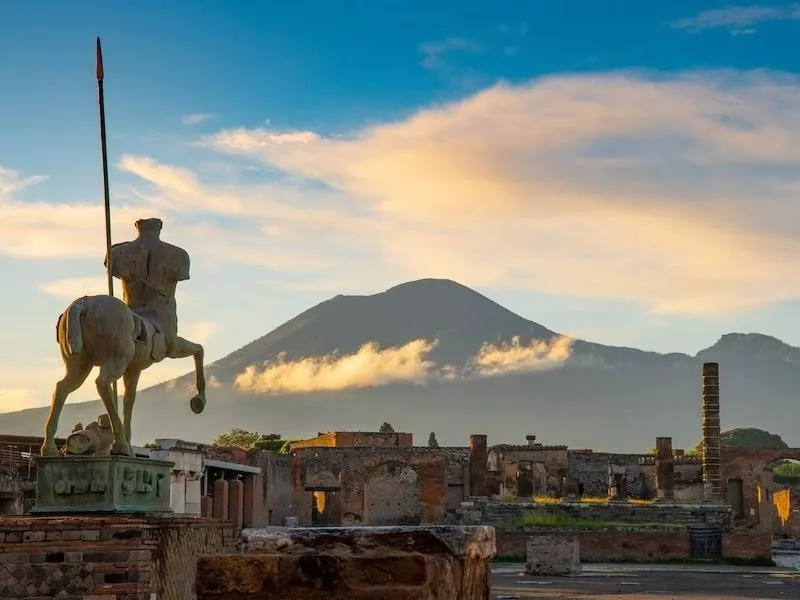
Getty
Inscribed: 1997
A somber reminder of the power of Mother Nature can be found near Naples and Mount Vesuvius. When the volcano blew her top in 79 A.D., it covered Pompei in ash, burying beneath its dust the frozen remains of a population suddenly halted.
When the town began its first excavations in 1748, no one expected the findings of bodies caught in poses and buildings retaining artwork and examples of life in the period. It was and remains an amazing discovery that is still under careful excavation and preservation.
29. Granada, Spain
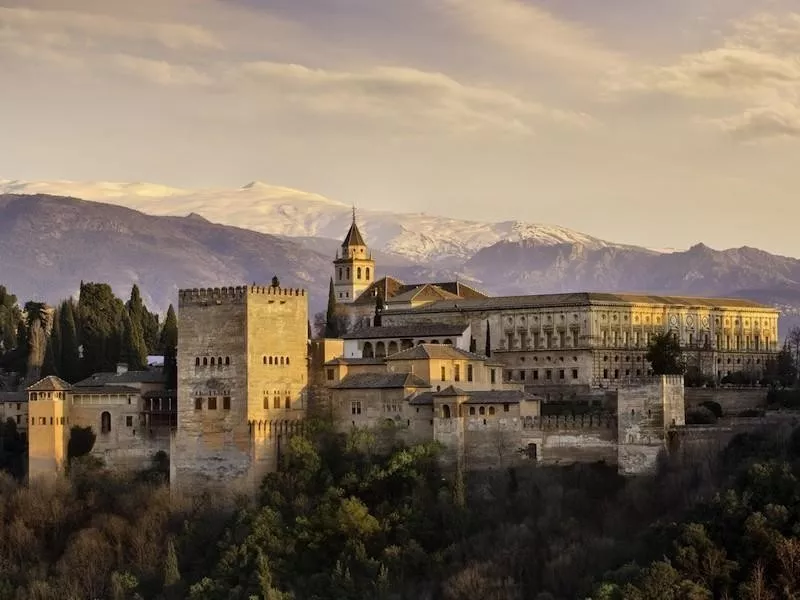
Getty
Inscribed: 1984
Witness some of the best-preserved examples of Moorish Spain in Granada, home to the "red fortress" Alhambra. This palace and fortress go back to the ninth century when the Northern African moors had conquered the Iberian Peninsula.
Across the street from the fortress is Albayzin, a neighborhood featuring both Andalusian and Moorish influences. It was inscribed to the UNESCO list on its own 10 years later.
28. City of Luxembourg
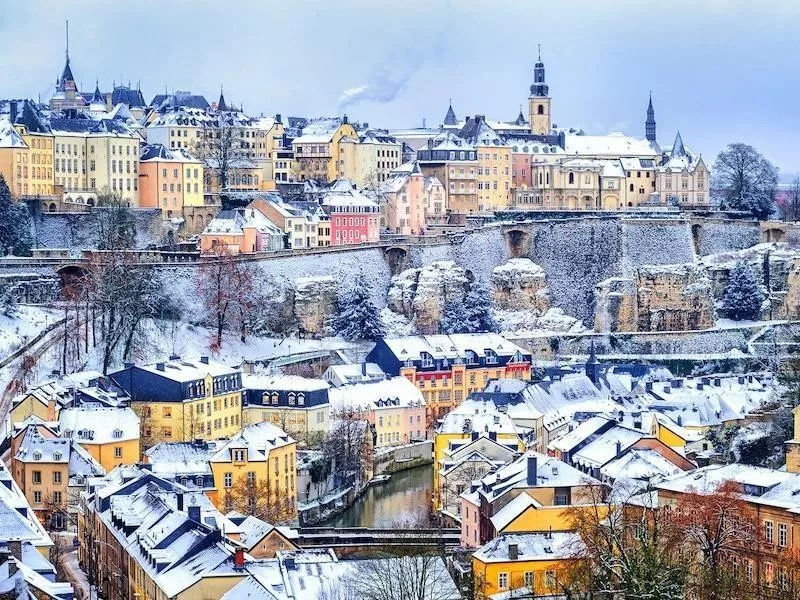
Getty
Inscribed: 1994
The small, independent country of Luxembourg's main city was built into rock and hill near the end of the first century.
Within the rock are 14 miles of tunnels and castmates used to house soldiers and protect the city and surrounding land as well as one of the best-preserved fortress systems in Europe.
27. Great Wall, China
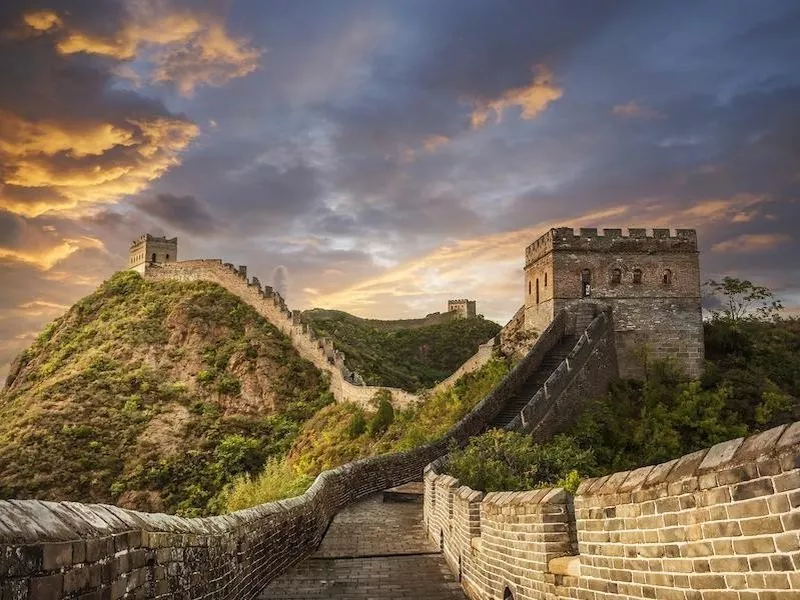
Getty
Inscribed: 1987
It's a testament to the sheer power of ancient people when you see even a portion of the Great Wall, which stretches across China and Mongolia's nearly 5,500-mile border. Meant to protect China from outsiders, the Wall crosses 17 different provinces and has sections dating back to the early B.C. centuries.
So massive, UNESCO cannot protect the entire wall and works most to preserve Badaling, Jiayuguan Pass and Shanhaiguan.
26. City of Bath, England
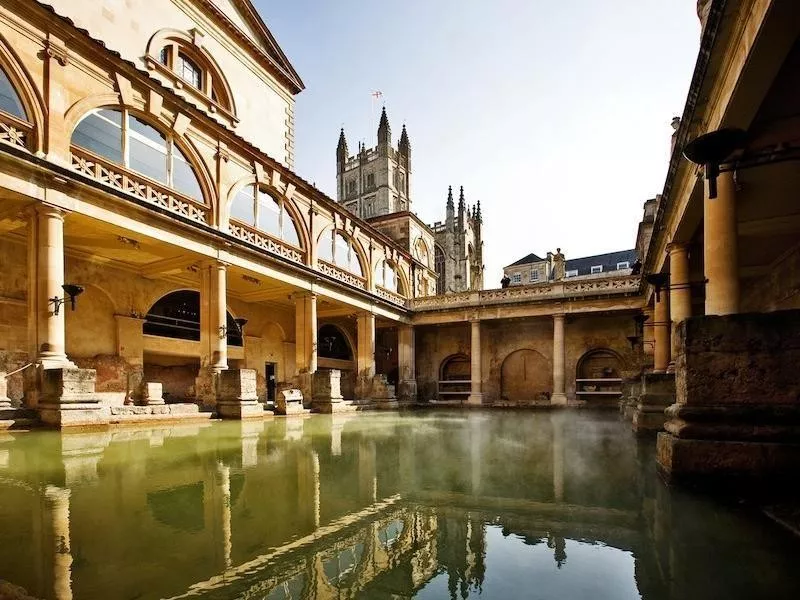
Getty
Inscribed: 1987
Roman conquerors made their way across Europe and left their mark everywhere they went, including the town of Bath, which was used as a spa resort.
Using the ground's mineral water that reached more than 100 degrees Fahrenheit, the Romans erected bathhouses to take to the waters for healing and health, and they remain in near-perfect condition to this day.
25. Grand Canyon, Arizona
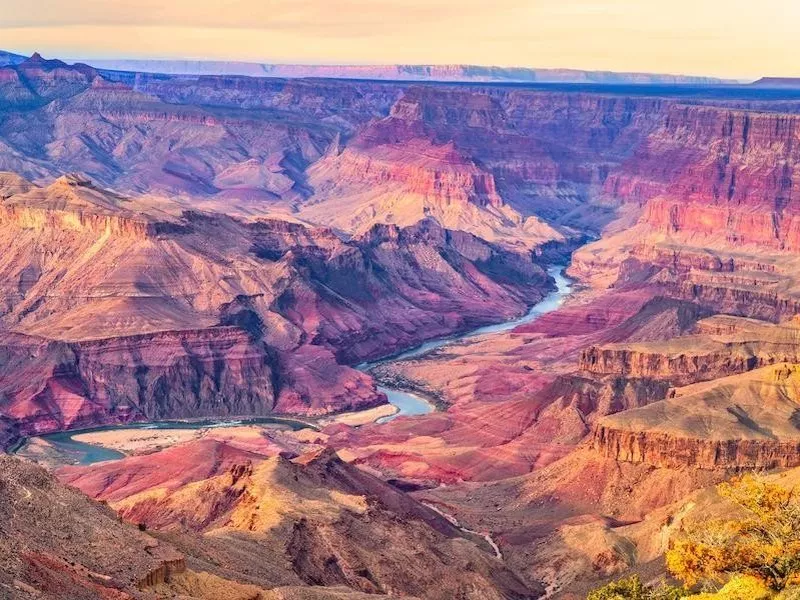
Getty
Inscribed: 1979
Practically every site on this list is found in Europe, but of course, North America's Grand Canyon couldn't be ignored. The Colorado River carved this canyon 277 miles long, a mile deep and up to 18 miles wide over the course of millions of years.
We get to marvel at the layer upon layer of ancient earth revealed to us in the majestic national park that changes colors with the sun.
24. Stonehenge, England
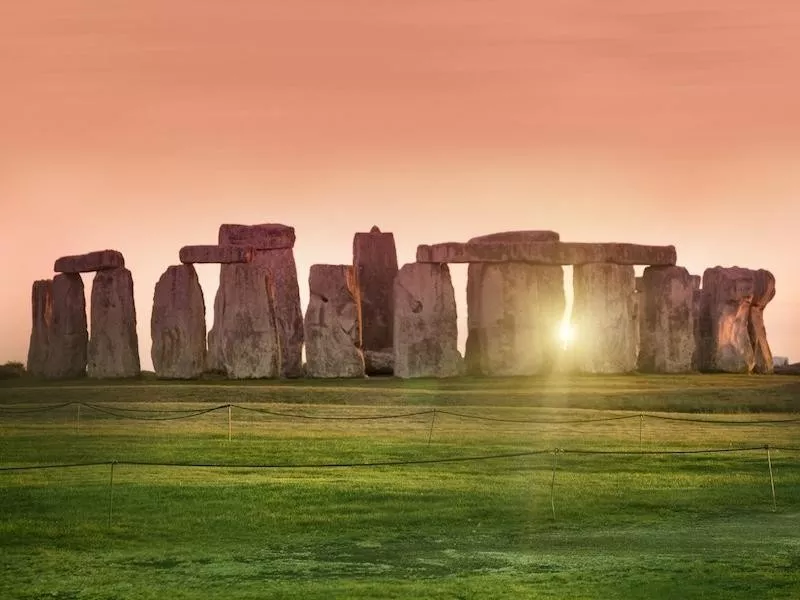
Getty
Inscribed: 1986
We may never fully understand what these prehistoric megalithic monuments were used for, but whatever their purpose, they remain the best-preserved stone circle in the world.
It is estimated these stones were erected between 3700 and 1600 B.C.
23. Salzburg, Austria
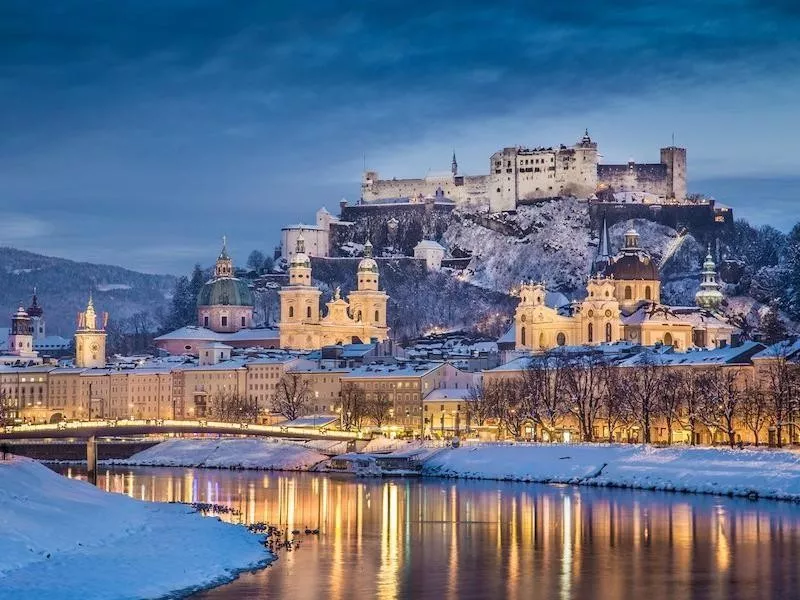
Getty
Inscribed: 1996
There is something magical about Salzburg, nestled at the base of the Austrian Alps. Could it be the classical music wafting through it, as it was home to Wolfgang Amadeus Mozart? Perhaps the Hohensalzburg fortress standing sentinel on the hill? Or the quiet cobbled streets and gardens surrounding St. Peter's Abbey and Nonnberg Nunnery?
From the Middle Ages to the Von Trapp family's inspirational escape that inspired "The Sound of Music," Salzburg commands attention in its quaintness.
22. Cologne Cathedral, Germany
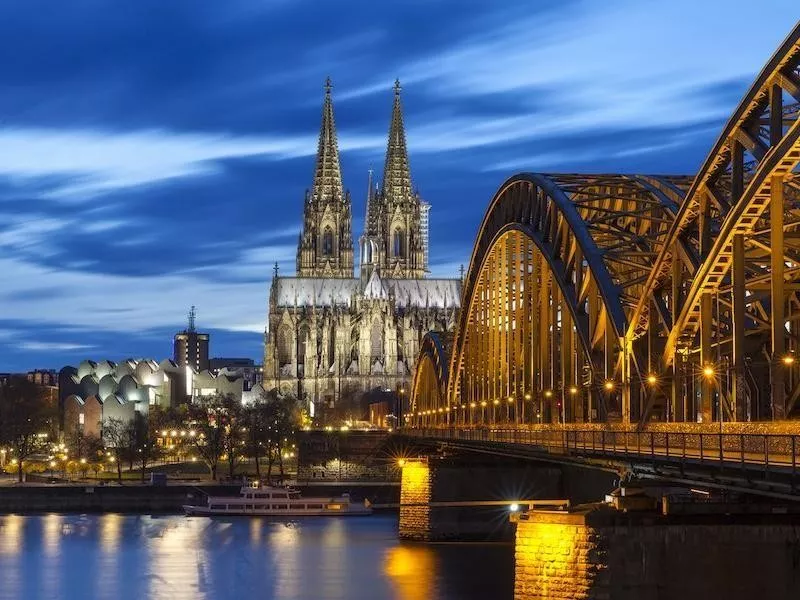
Getty
Inscribed: 1996
The Gothic cathedral that overlooks Cologne and the Rhine River had its foundations laid in 1248. It took another 600 years to have it completed in the 19th century and today serves as a Prussian architectural feat.
Its twin towers stand 515-feet tall, and the church is considered the highest of medieval churches.
21. Acropolis, Athens
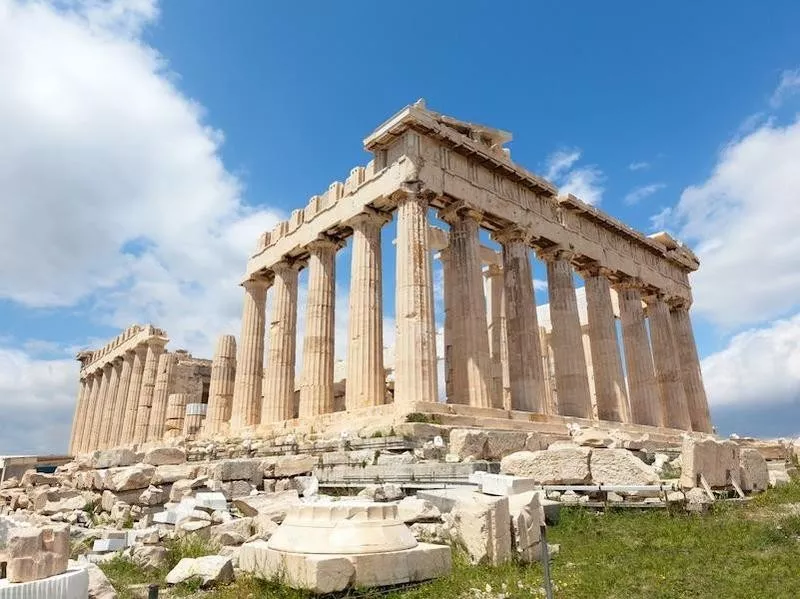
Getty
Inscribed: 1987
The Birthplace of Modern Civilization, Athens' "Upper City" (or Acropolis) contains the remains of the monuments that have stood on this hill since the fourth and fifth centuries.
Here, the stunningly preserved Parthenon is the main feature of a hill that also contains the ancient Temple of Athena and the old city walls. To lose these remains would be a Greek tragedy.
20. Istanbul, Turkey
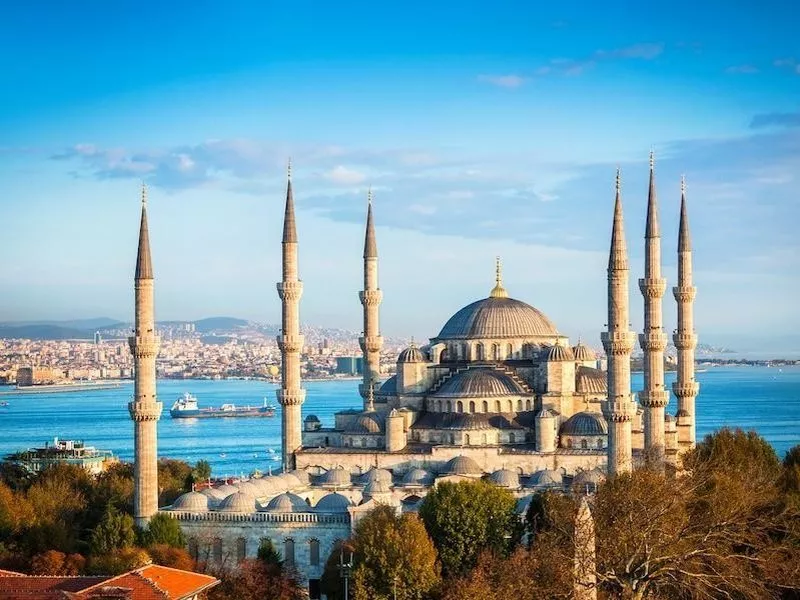
Getty
Inscribed: 1985
As they say, location, location, location. Istanbul's location sits on both Europe and Asian continents (separated by the Bosporus Strait) and led the way to its leadership during the Byzantine and Ottoman Empires. Before it was Istanbul, it was Constantinople, the capital of the Roman empire from 330-395.
Its mosques are iconic images of the timeless city that has had a long place in world history, and you can practically feel what it was like to be on its streets hundreds of years ago.
19. Schonbrunn, Vienna
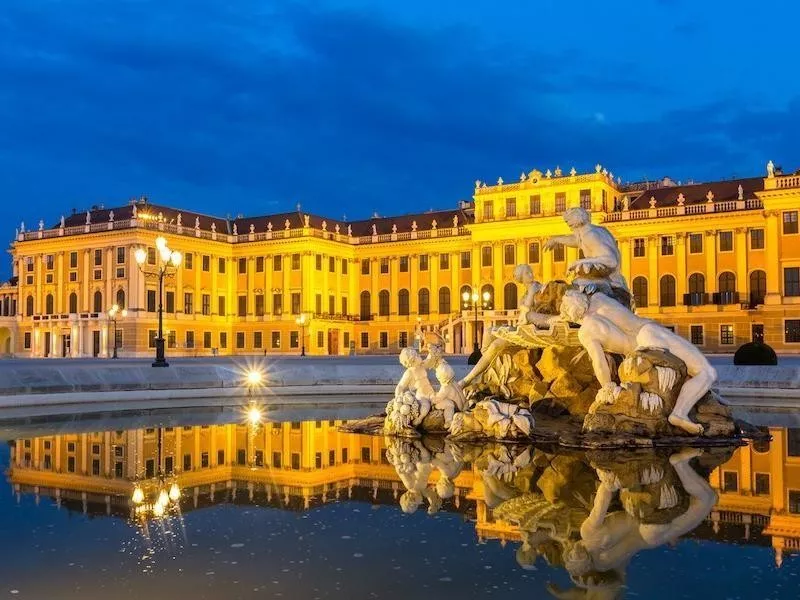
Schonbrunn
Inscribed: 1996
Schonbrunn served as the summer palace to the powerful Hapsburg family, which not only ruled the Austria-Hungarian Empire but also wed their children into the royal families of other prominent European nations.
With influence such as theirs, the palace and gardens had to exemplify their wealth, prestige and command — and are massive. Designed in a baroque and rococo style, the palace and gardens have stood long after the family crumbled.
18. Edinburgh, Scotland
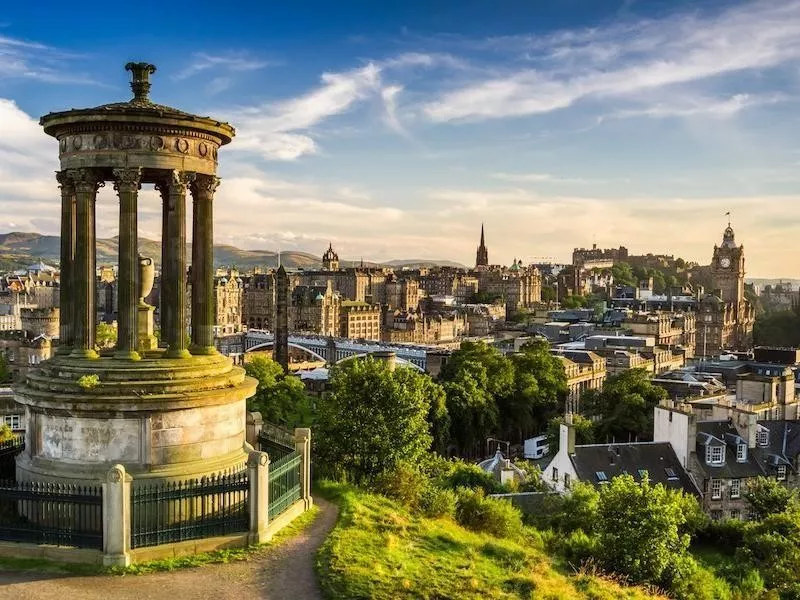
Getty
Inscribed: 1995
The imposing Edinburgh Castle overlooks the medieval city that was home to Scotland's kings. Follow the Royal Mile down the hill to Holyroodhouse, the home of Mary Queen of Scots.
Throughout the history of the Scots fighting for freedom from England, the city served as the capital and is home to schools, memorials, monuments and houses playing a role in that struggle.
17. Brugge, Belgium
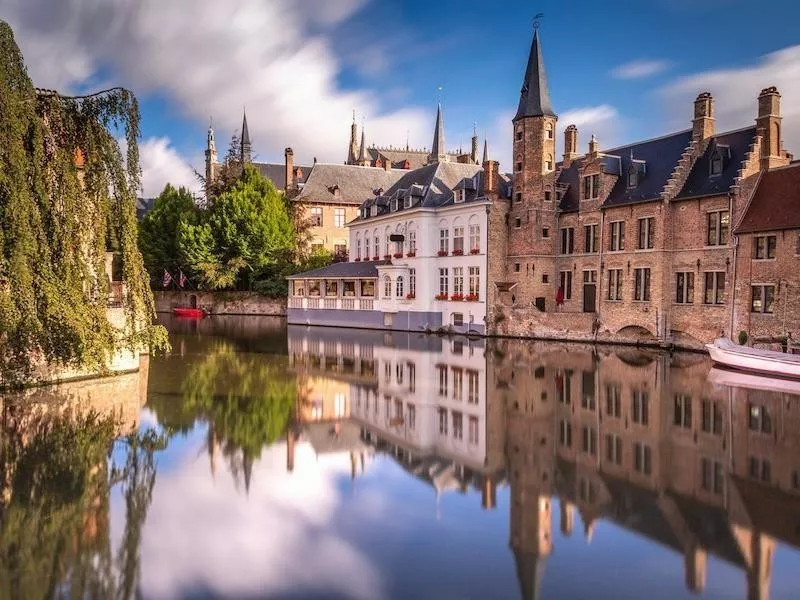
Getty
Inscribed: 2000
Brugge (or Bruges) is considered the birthplace of Flemish Primitives art, as painters Jan van Eyck and Hans Memling began their careers here.
Within the 53 square miles of this picture-perfect Gothic village, there are more than 80 bridges that cross the Reie River, making Bruges the "Venice of the North."
16. Piazza del Duomo, Pisa, Italy
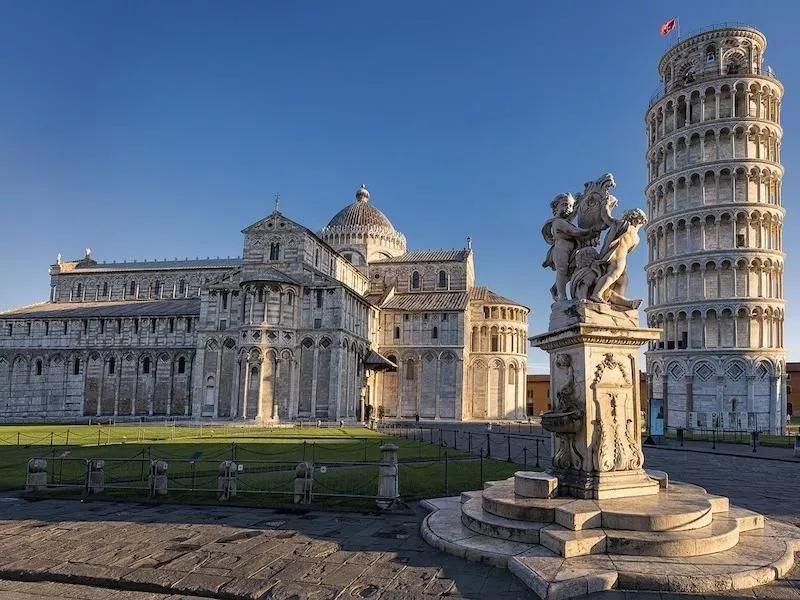
Getty
Inscribed: 1987
Home to four monuments found in Pisa near the Mediterranean Sea, this square is visited by thousands aiming mainly to get a glimpse of the monumental tower gone wrong: Campanile, which is sinking due to poor construction that causes it to lean (the Leaning Tower of Pisa).
The square also houses a cathedral, a baptistry and a cemetery, all of which were added between the 11th and 14th centuries.
15. Works of Antoni Gaudi, Barcelona
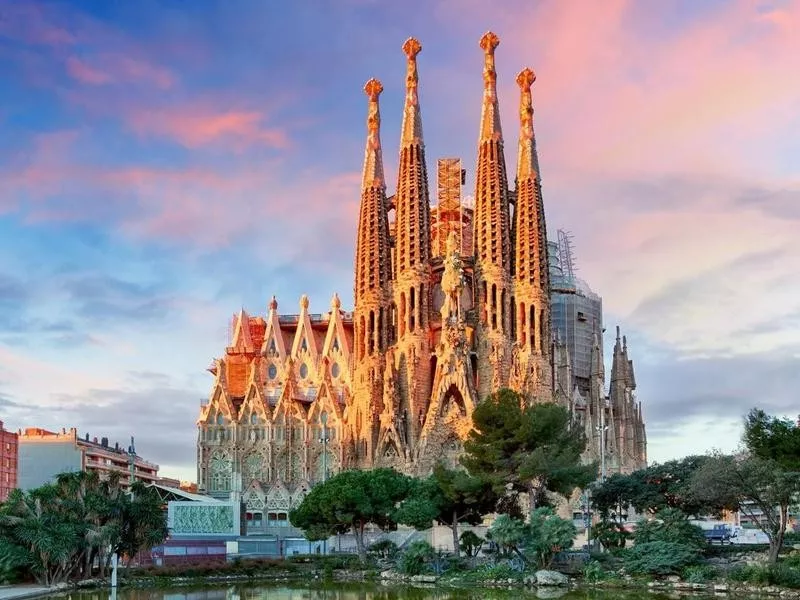
Getty
Inscribed: 1984
It's impossible to imagine Barcelona before its native architect and artist added his flair to the Mediterranean city.
So many places have his signature and unique style that he added during his 74 years living here. The most famous, of course, is the Sagrada Familia church (pictured), which remains under construction nearly a century after his death!
14. Budapest, Hungary
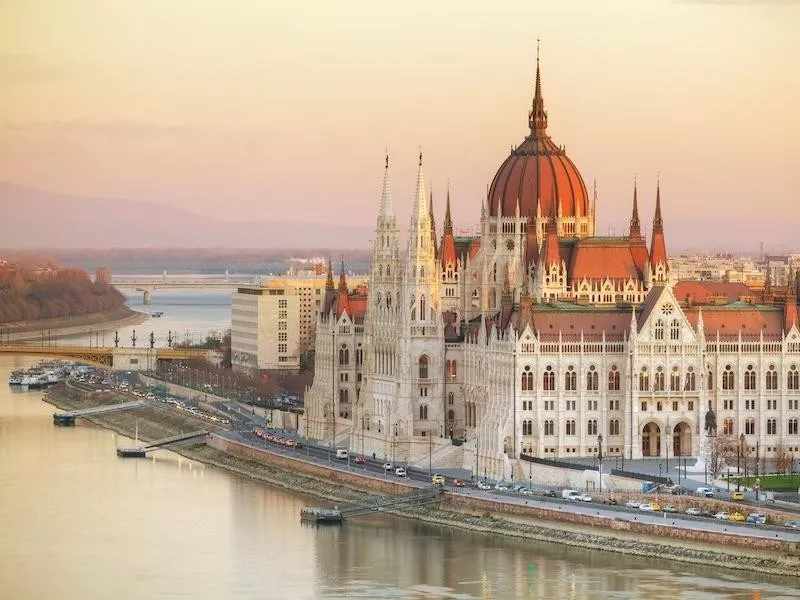
Getty
Inscribed: 1987
Traveling along the Danube River that divides Buda and Pest, visitors see some of the most remarkable examples of architecture developed between the Middle Ages to the late 1800s — at night, they are illuminated and create one of the most romantic cruises you'll witness.
On the Buda side are Buda Castle and Fisherman's Bastion and on the Pest side, the Gothic Parliament building — you'll feel you are in the center of a fairytale!
13. Versailles, France
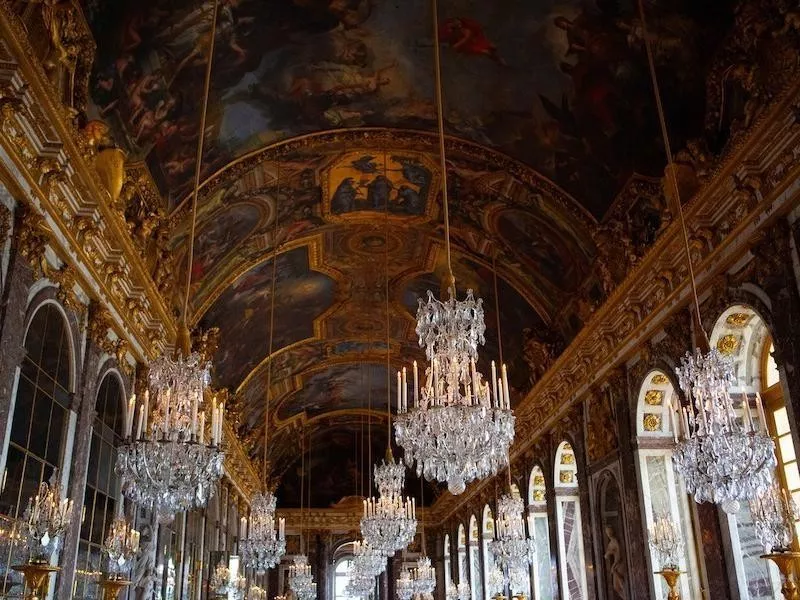
Getty
Inscribed: 1979
The Palace of the last great kings of France, Louis XIV, XV and XVI, was the epitome of wealth and luxury with some of the most expansive gardens and adorned rooms of any palace in the world.
The Hall of Mirrors is where the Treaty of Versailles was signed, signaling peace after the end of the world's first World War.
12. Statue of Liberty, New York
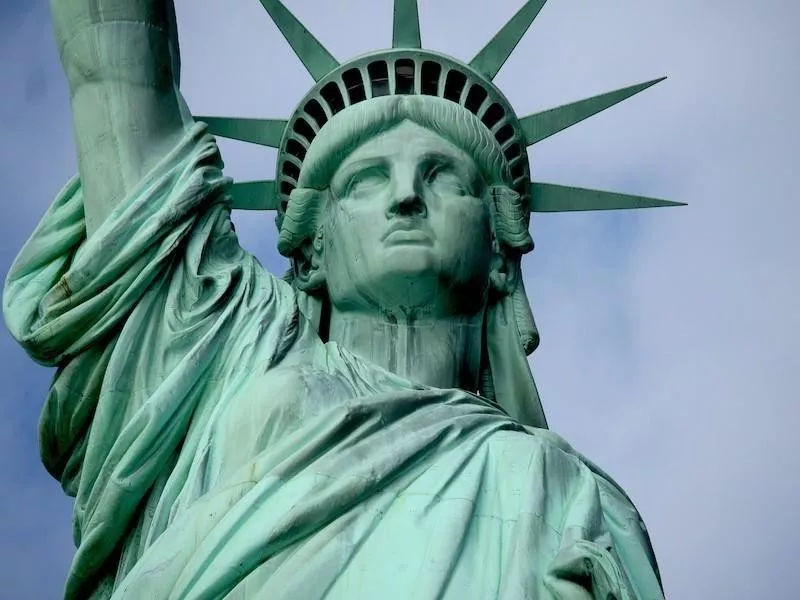
Getty
Inscribed: 1984
The symbol of the United States, this copper-green gift from France stands in New York Harbor and was the beacon of light to immigrants arriving by boat in the thousands.
More than 9 million were processed at neighboring Ellis Island between 1840 and 1880, with Liberty's welcoming inscription: "Give me your tired, your poor, your huddled masses yearning to breathe free, the wretched refuse of your teeming shore."
11, Grand Place, Brussels
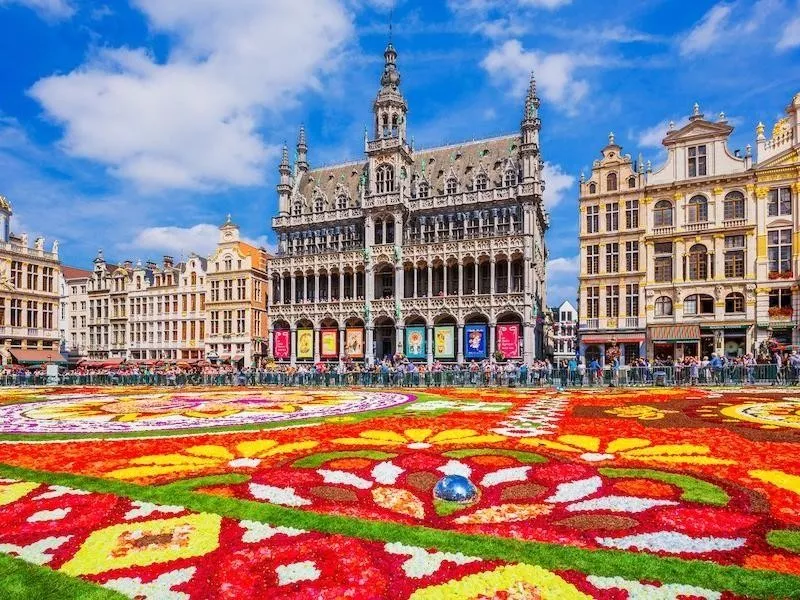
Getty
Inscribed: 1998
City Halls of Europe are often grand palaces with large squares for gatherings of the people to voice their positions on their country as well serve as a market. Grand Place is one such square and is the largest of them in Europe.
The market still exists to this day, after four centuries of existence, with the City Hall still providing services for the people.
10. Prague, Czechia
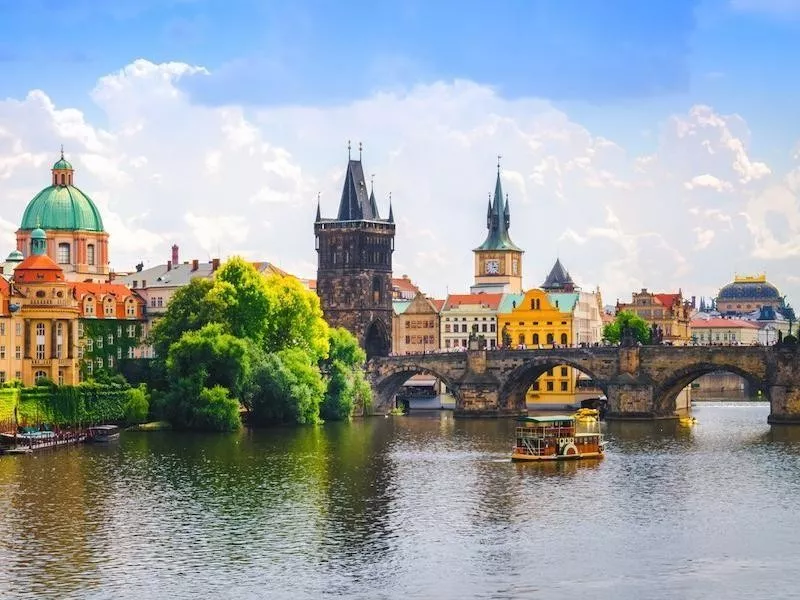
Getty
Inscribed: 1992
Once Prague was free from being behind the Iron Curtain, it was added under the protection of UNESCO to preserve its medieval Historic Centre that has played a part in Central European history.
The site includes Old Town (Stare Mesto), Lesser Town (Male Strana) and New Town (Nove Mesto) and architecture like Charles Bridge and Prague Castle that have found their way into films for their striking appearance.
9. Florence, Italy
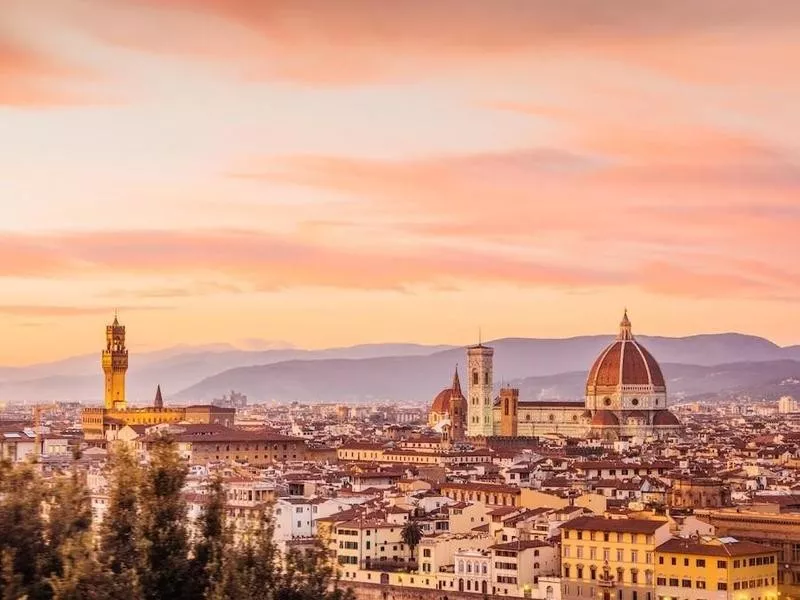
Getty
Inscribed: 1982
The first of this list's five Italian cities to land in the top 10 most visited World Heritage Sites is the birthplace of Renaissance art.
Between the 14th and 17th centuries, some of the world's most famous works were produced here, including those of Leonardo da Vinci and Michelangelo. You'll find traces of the art throughout the city's museums and buildings.
8. Vatican City
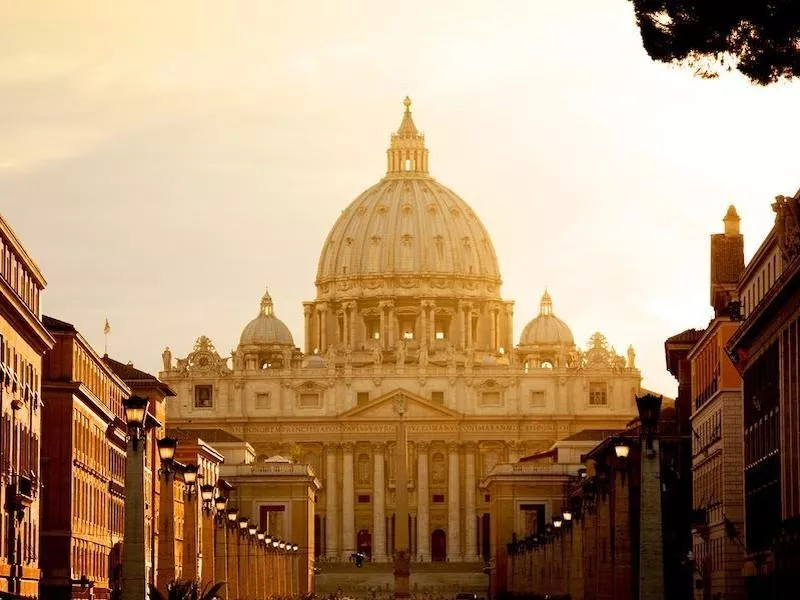
Getty
Inscribed: 2004
As the home of the Catholic Church and the Pope, Vatican City is important enough in the modern world to protect, let alone for the history it contains within its buildings.
The Vatican Museum houses remarkable frescoes and paintings by Michelangelo and other artists of the Renaissance as priceless relics of the religion dating back thousands of years.
7. Amsterdam Canal Ring, Netherlands
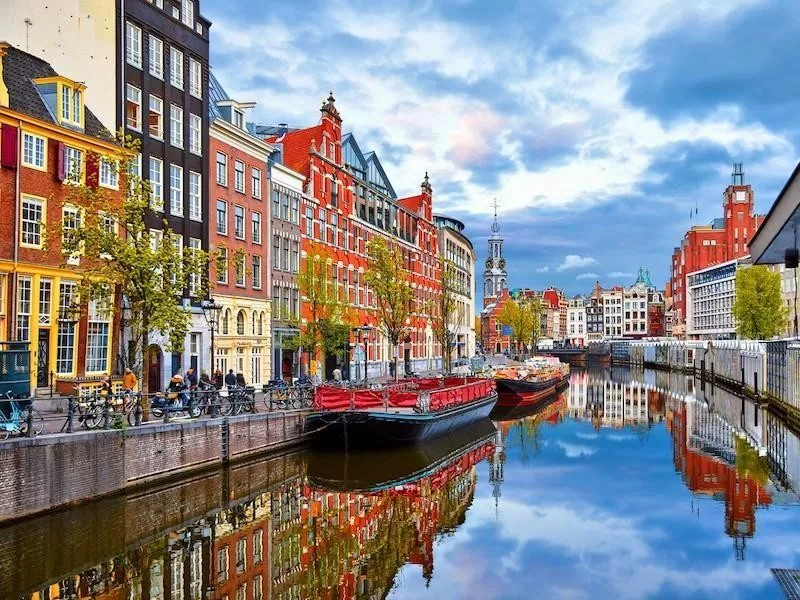
Getty
Inscribed: 2010
The ring of canals encircling Amsterdam's medieval center also encircles nearly 3,500 national monuments in its tiny space.
Visitors can ride barges along the canals to take in the sites, which include clandestine churches, Rembrandt's former home and the square named for the renowned Dutch artist, and Anne Frank's last home before being taken by Nazis.
6. Vienna
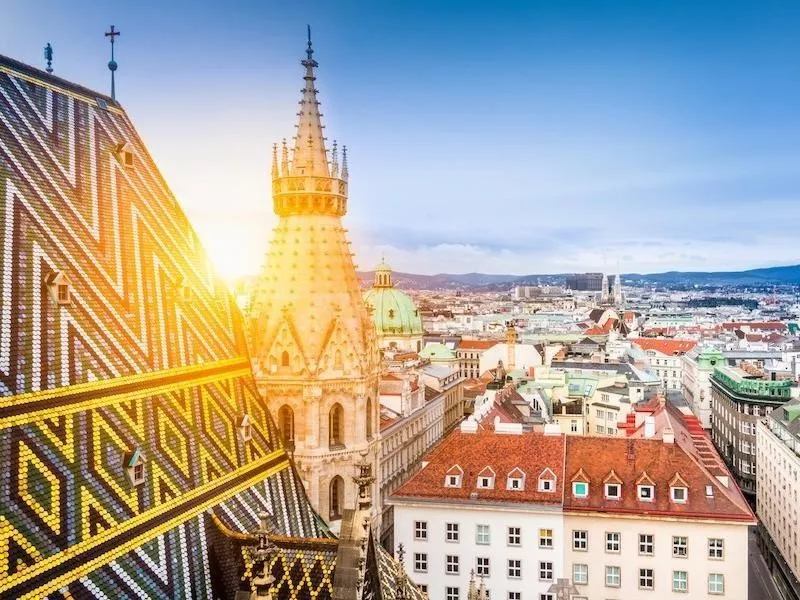
Getty
Inscribed: 2001
The capital of the formidable Austrian-Hungarian Empire (and home to Schonbrunn) remains the capital of Austria, with its historic center filled with medieval and baroque architecture.
Alas, the center, surrounded by Ringstrasse in homage to the French capital's modern look, has been listed as "under danger" by UNESCO since 2017, as a high-rise project with luxury apartments, a hotel and conference center are in the works to be constructed.
5. Venice, Italy, and Its Lagoon
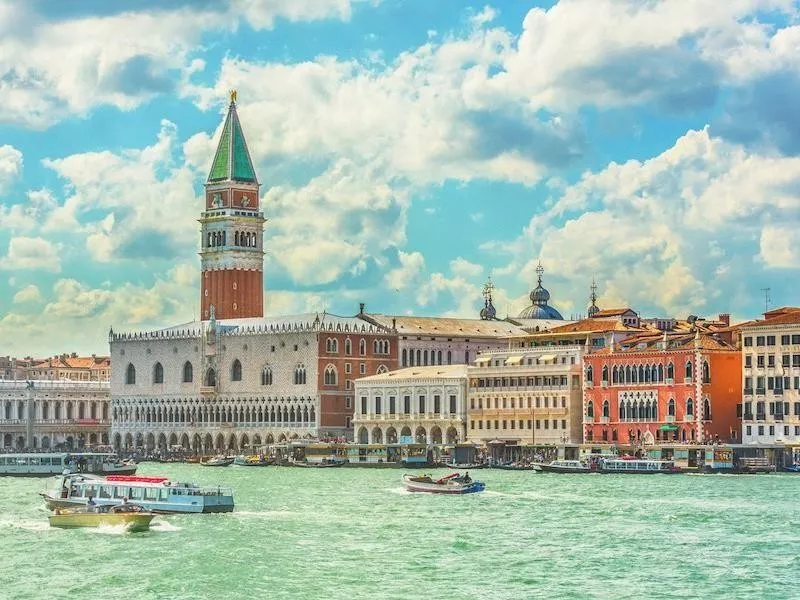
Getty
Inscribed: 1987
Venice is renowned for its canals, but the city is actually a formation of 188 islands connected via bridges within the Venetian Lagoon, a crescent-shaped bay of the Adriatic Sea.
The city has been in existence since the fifth and sixth centuries and features 400 bridges over 150 different canals.
4. Westminster, London
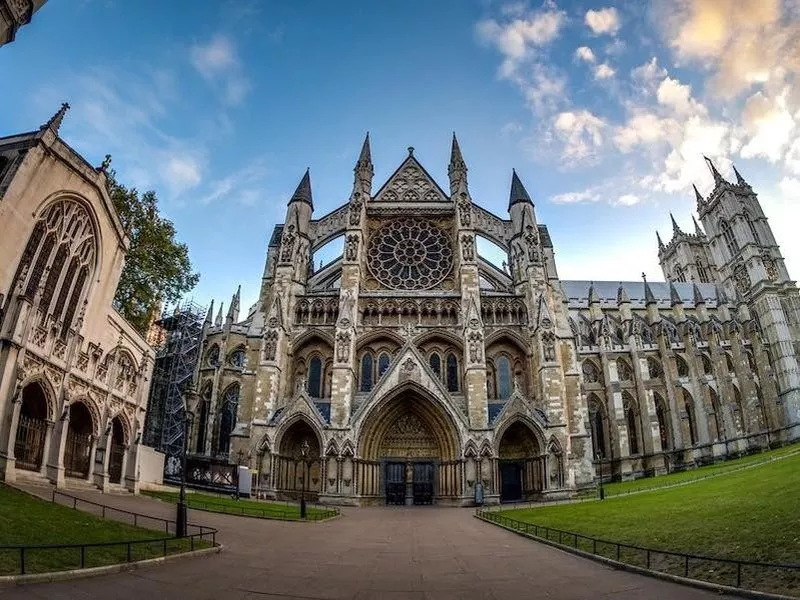
Getty
Inscribed: 1987
The Palace of Westminster is where you will find the Abbey of the same name, the grand and gothic Parliament building, and the famous clock tower known as Big Ben. (It's actually the face of the clock that holds the name.)
The Abbey, dating back to the 1200s, is where the kings and queens of England are coronated, married and buried, including Henry V, Elizabeth I and all of the Tudors except for Henry VIII.
3. Tower of London
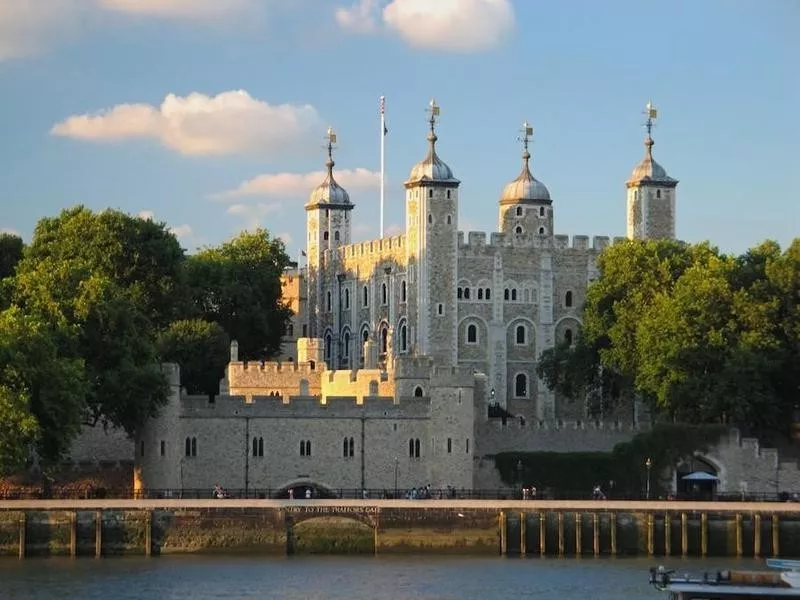
Getty
Inscribed: 1988
When William the Conqueror took over England in 1066, he built this fortress and royal palace that perhaps became more famous for being King Henry VIII's home, as he beheaded his wives and enemies in what is now called the Bloody Tower.
The Crown Jewels are still kept here under the watchful eyes of the elite Beefeater guards who happily lead tours of the grounds.
2. Rome
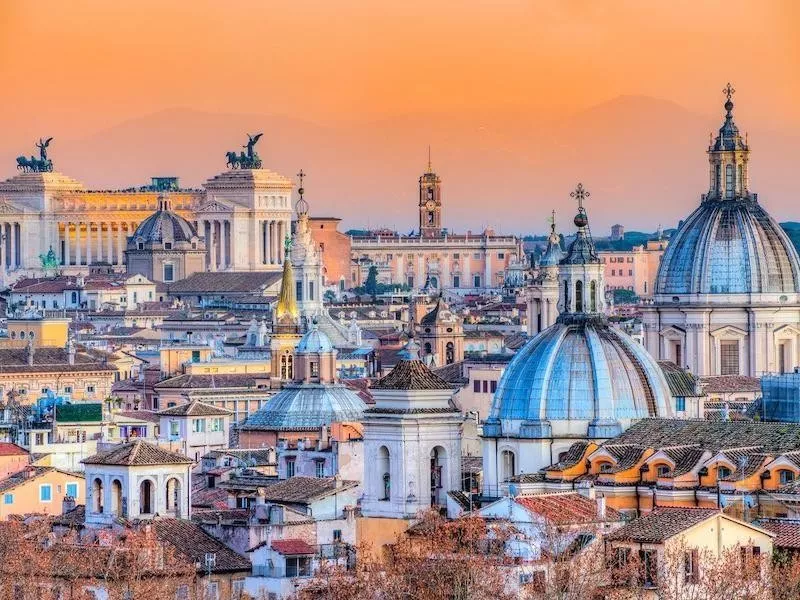
Getty
Inscribed: 1980
Of course, the entire city of Rome is a World Heritage Site — there is just so much history to see at every turn!
Founded by Romulus and Remus in 753 B.C. (as the legend goes), the city's buildings and records show it going back to the fourth or fifth century B.C., and the remains of such are still visible, from the Roman Forum to the Colosseum to its bathhouses and Basilicas.
1. Banks of the Seine, Paris
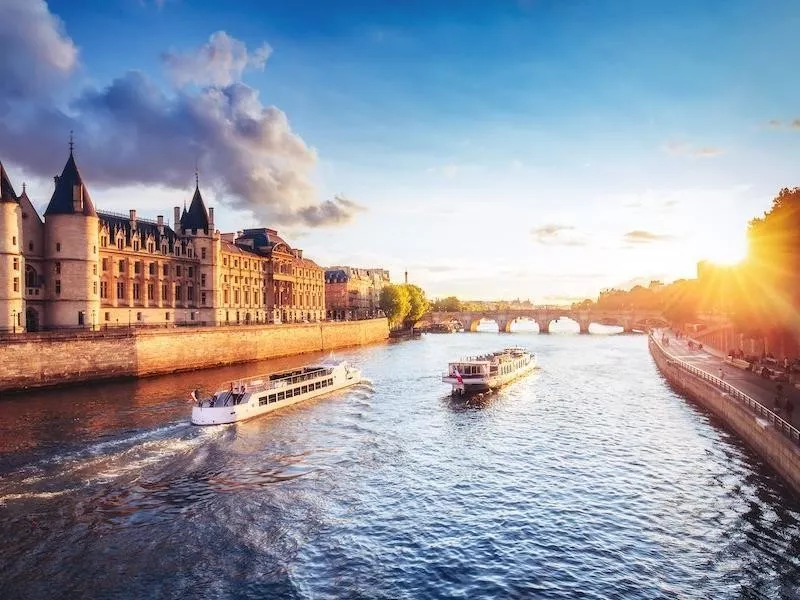
Getty
Inscribed: 1991
The river that divides Paris into the Left and Right Banks is the main stretch of some of Paris' most historic sites. Between Notre Dame and the Eiffel Tower, UNESCO recognizes this space's importance. Notre Dame and the Saint-Chapelle were constructed in the 1100s, the Eiffel Tower was built in 1897 for the World's Fair, and in between, you'll find the Louvre, the Musee d'Orsay, Napoleon's tomb and countless other must-see sites.
You can walk along the Seine or take a barge river cruise to enjoy the views. And just as Paris received 30 million tourists annually (pre-COVID), it's no wonder this UNESCO site is No. 1 on the list.
